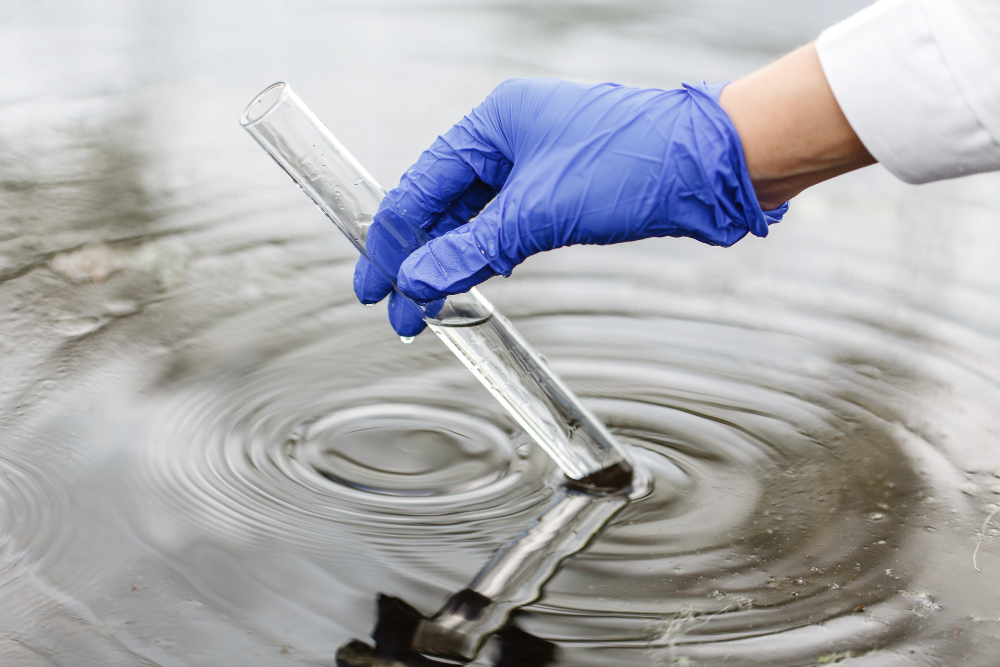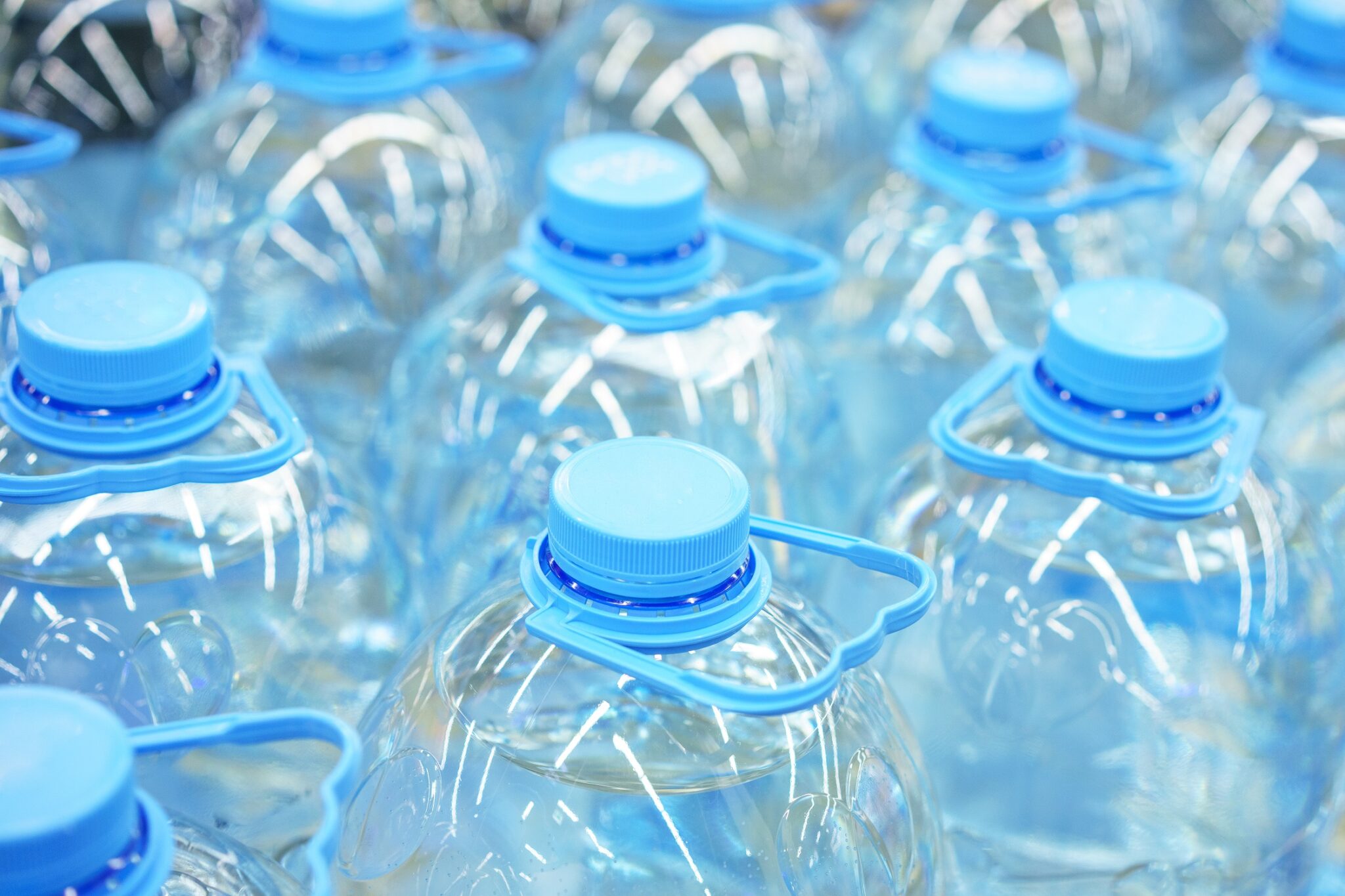Water, the savior of life, is something we often take for granted. Turn on the tap, and there it flows – clear, refreshing, and seemingly pure. However, lurking beneath the surface of our drinking water are invisible threats, one of which is gaining increasing attention – Per- and Polyfluoroalkyl Substances (PFAS). These unpronounceable compounds pose a silent danger that can impact our health and the environment. Let’s explore what PFAS is, its sources, and the potential risks associated with its presence in our drinking water.
Understanding PFAS
Per- and Polyfluoroalkyl Substances (PFAS) are a group of human-made chemicals used for various industrial and commercial purposes. They are known for their unique ability to repel water and oil, making them ideal for applications like non-stick cookware, waterproof clothing, and firefighting foams. However, this very characteristic that makes PFAS useful also makes them highly persistent in the environment.
PFAS can be found in various forms, with perfluorooctanoic acid (PFOA) and perfluorooctanesulfonic acid (PFOS) being the most commonly studied. What makes PFAS a cause for concern is their resistance to breaking down in the environment, earning them the nickname “forever chemicals.” This persistence means that once released, PFAS can linger in soil, water, and even the human body for a long time.
Sources of PFAS Contamination
The sources of PFAS contamination are diverse, ranging from industrial activities to everyday household items. Some common sources include:
Industrial Sites: Many industries use PFAS in their manufacturing processes, and improper disposal or accidental releases can lead to contamination of nearby water sources.
Firefighting Foam: A major source of PFAS contamination is firefighting foam, especially the type used for suppressing petroleum-based fires. Military bases and airports, where these foams are frequently used, have been identified as hotspots for PFAS pollution.
Consumer Products: PFAS is commonly found in products like non-stick cookware, food packaging, and stain-resistant fabrics. Over time, these products can release PFAS into the environment, contributing to contamination.
Landfills: Disposal of products containing PFAS in landfills can lead to leaching, allowing these chemicals to seep into the groundwater.
The Invisible Threat
Now that we know where PFAS comes from, let’s explore why it’s considered an invisible threat.
Bioaccumulation: PFAS can accumulate in living organisms, gradually increasing in concentration as it moves up the food chain. This means that even if the initial levels in water seem low, the concentrations can become significant in animals and humans higher up in the food web.
Limited Regulation: PFAS are not regulated as a single class of chemicals in many countries, and there is no enforceable federal drinking water standard for them. This lack of regulation contributes to a lack of awareness and testing for PFAS in water supplies.
Health Risks Associated with PFAS Exposure
The potential health risks associated with PFAS exposure have raised concerns among scientists, health professionals, and the general public. Some of the identified health effects include:
Developmental Issues: Prenatal exposure to PFAS has been linked to developmental issues in children, including low birth weight, delayed development, and effects on the immune system.
Cancer: Long-term exposure to certain PFAS compounds has been associated with an increased risk of cancer, particularly kidney and testicular cancers.
Immune System Disruption: PFAS exposure may weaken the immune system’s response to vaccines and increase susceptibility to infectious diseases.
Endocrine Disruption: Some PFAS compounds can interfere with the endocrine system, affecting hormone production and regulation.
Protecting Yourself from PFAS
While the regulation of PFAS is still catching up with the growing awareness of its risks, there are steps you can take to minimize your exposure:
Filter Your Water: Invest in a water filter certified to remove PFAS. Activated carbon filters, reverse osmosis systems, and some ion exchange filters are effective in reducing PFAS levels in drinking water.
Limit Use of PFAS-Containing Products: Be mindful of products like non-stick cookware, food packaging, and stain-resistant fabrics. Consider alternatives that are better and do not contain any PFAS.
Stay Informed: Stay informed about the water quality in your area. Many local water utilities provide annual water quality reports that can help you understand potential contaminants in your drinking water.
Support Regulations: Advocate for stronger regulations on PFAS in your community. Engage with local policymakers and water authorities to ensure the implementation of measures to monitor and mitigate PFAS contamination.
While PFAS may be invisible to the naked eye, its impact on our health and the environment is becoming increasingly clear. As we enjoy the convenience of modern products, it is essential to be aware of the potential risks associated with the chemicals used in their production. By taking proactive steps to reduce our exposure and advocating for stronger regulations, we can contribute to a healthier and safer future where the invisible threat of PFAS is minimized. We cherish our beautiful surroundings and quality of life, ensuring safe drinking water is paramount. At CGC Water, we understand the importance of transparency and protection against contaminants like PFAS in Ann Arbor’s drinking water.
As we conclude our exploration of the invisible threat posed by PFAS, remember that knowledge is power. By staying informed about the quality of our drinking water and taking proactive steps to mitigate risks, we can safeguard the health and well-being of our community. Remember, when it comes to water quality, awareness and action are our best defenses against the unseen dangers that may lurk in our taps.







